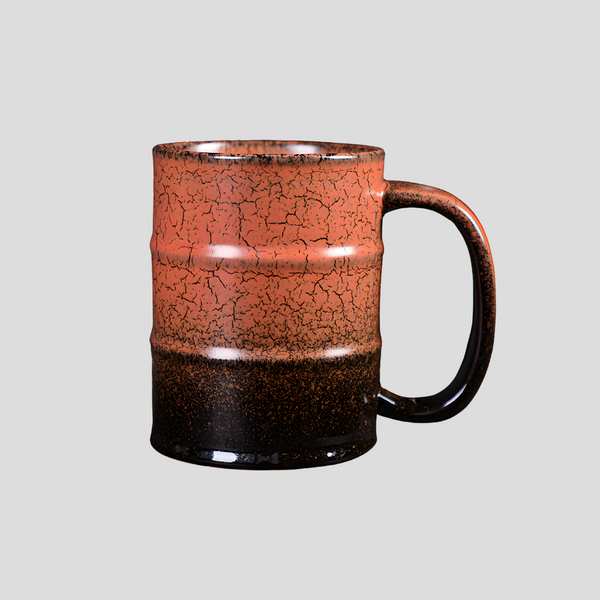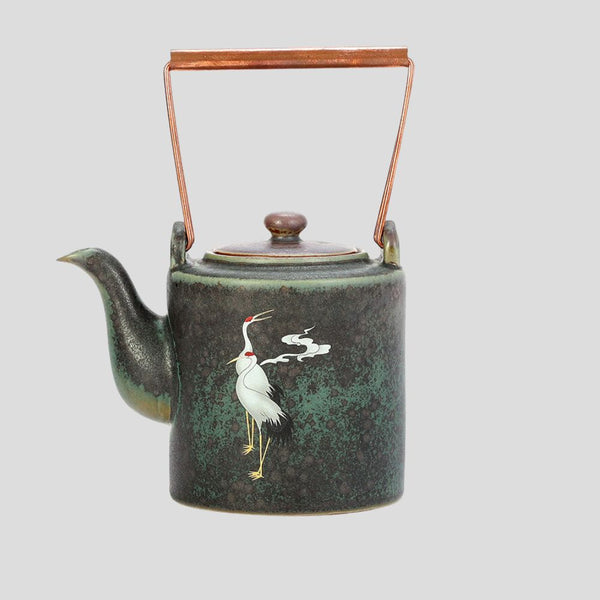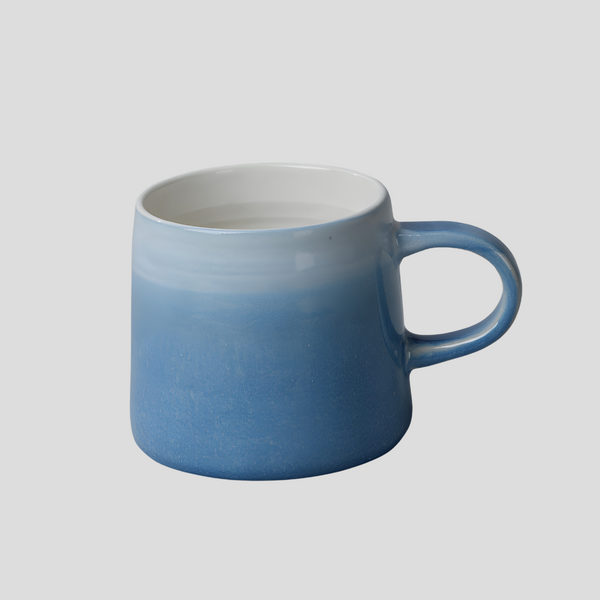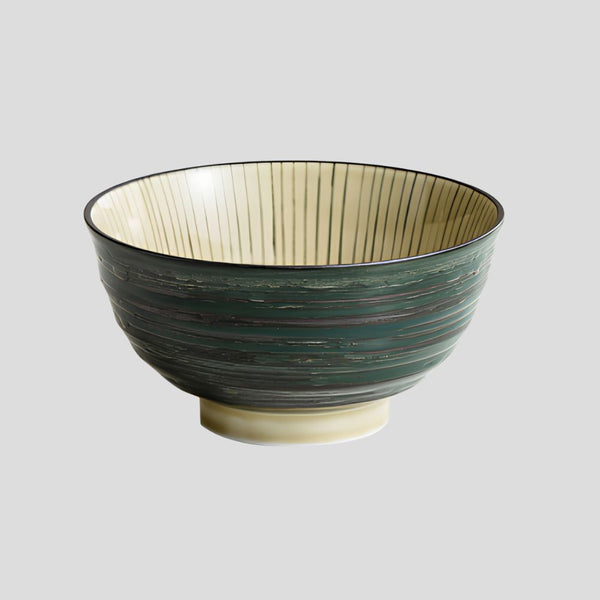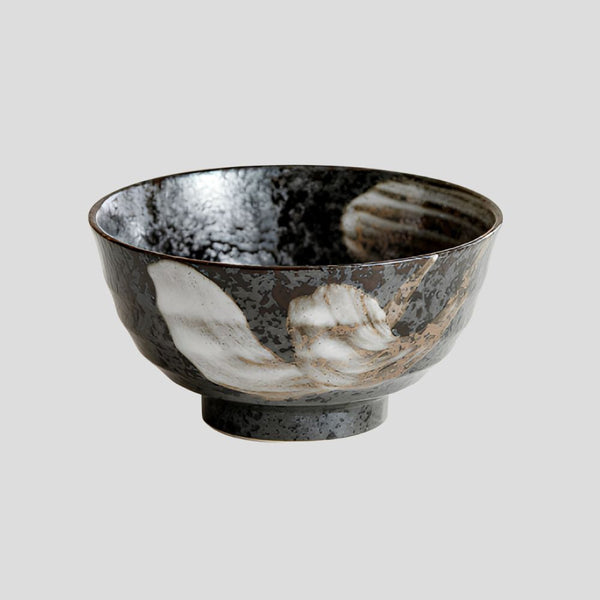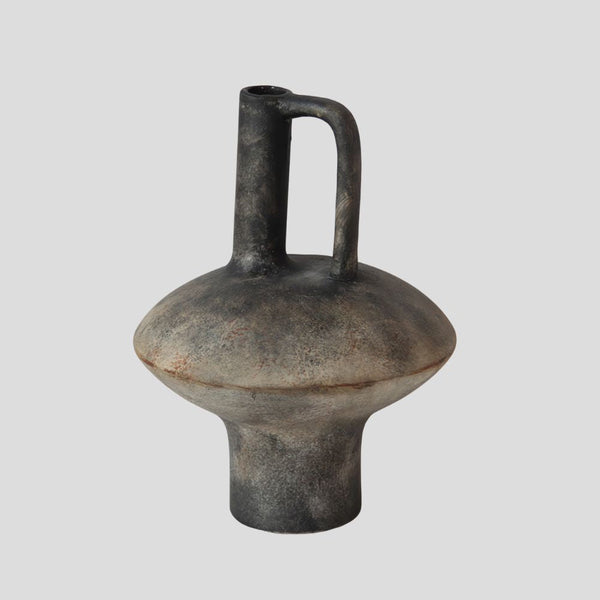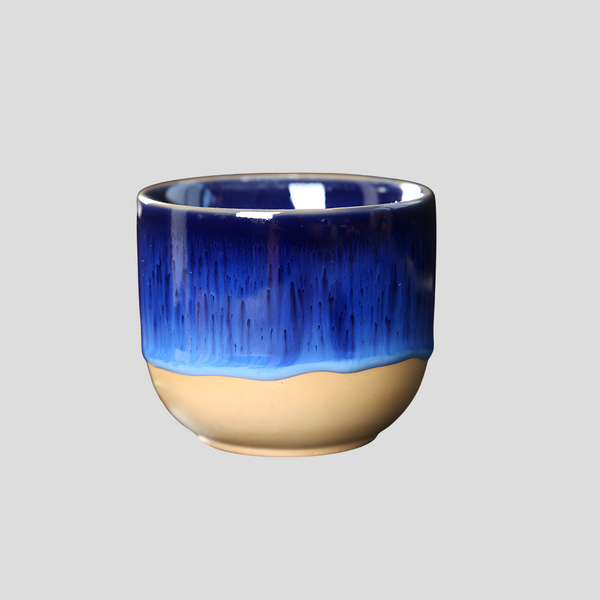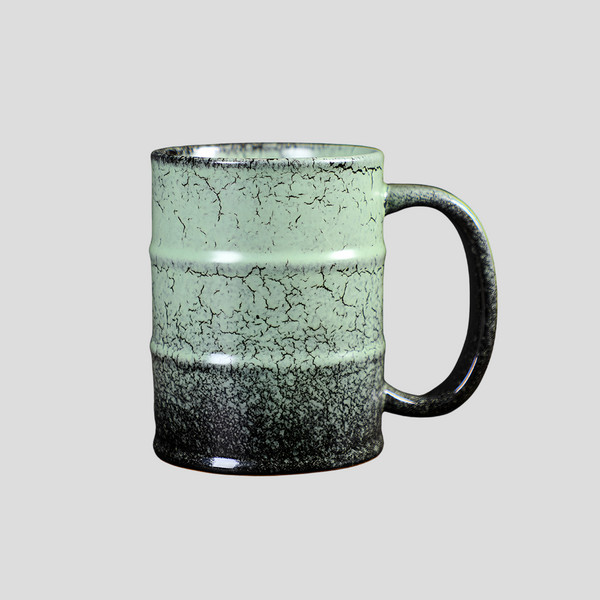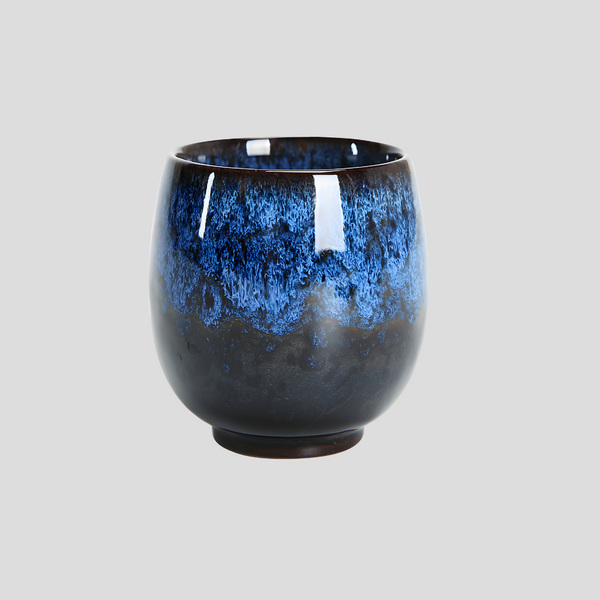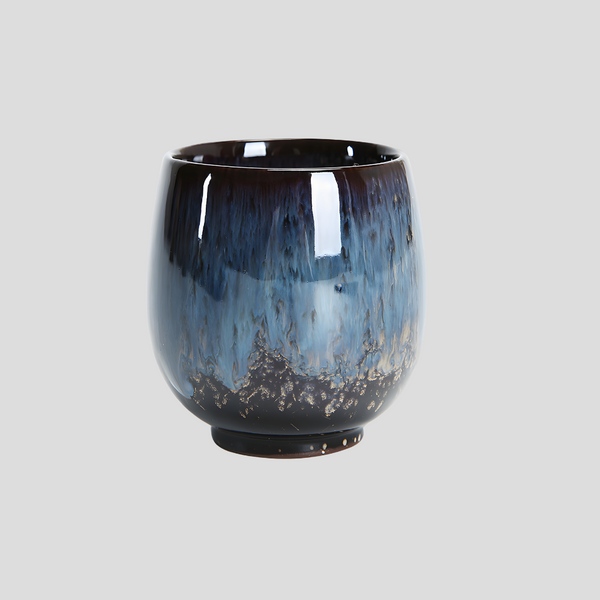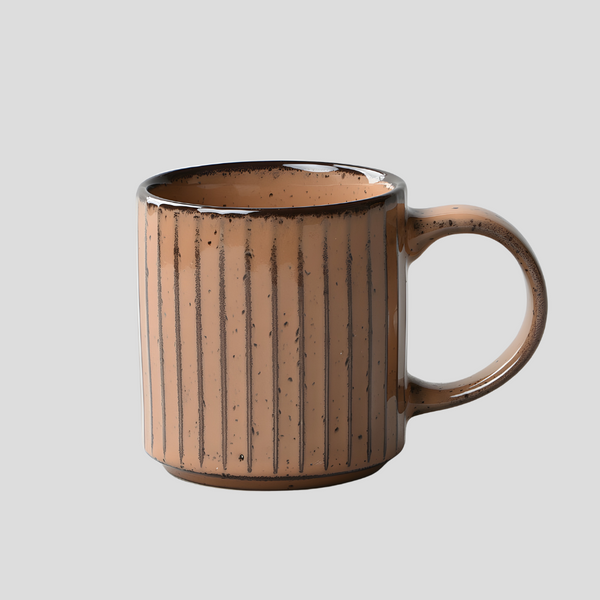
Exploring the Beauty of Iga Pottery: Japan's Ancient Ceramic Art
In the heart of Mie Prefecture, Japan, lies a tradition of ceramic artistry that has endured for centuries. Iga pottery, with its rustic charm and natural elegance, continues to captivate artists and collectors worldwide. This article delves into the history, unique characteristics, and enduring appeal of Iga pottery, offering a glimpse into a craft that speaks volumes about Japan's rich cultural heritage.
Iga pottery, also known as Iga-yaki, has a history that stretches back to the late 16th century during the Azuchi-Momoyama period. It originated in the Iga region, which was then rich in natural resources conducive for pottery making, such as high-quality clay. Unlike other pottery styles that were developed under the patronage of the nobility, Iga pottery was primarily produced for everyday use by local farmers. These practical origins have significantly influenced its aesthetic, favoring functionality and durability over ornate designs.
Iga pottery is renowned for its distinctive features that set it apart from other types of Japanese ceramics. One of the most striking characteristics is its textured surface, often rough and imbued with natural glazes that create a myriad of colors and effects when fired. This texture is a result of the clay's high content of organic materials, which burn off during firing, leaving behind small holes and crevices.
Another hallmark of Iga pottery is the use of natural ash glaze, which melts and pools in unique patterns during the high-temperature kiln firing. This process can produce a range of colors, from earthy greens and browns to deep blues and purples, each piece reflecting the interplay between earth, fire, and artisan skill. The unpredictability of this process means that no two Iga pottery pieces are ever exactly alike, each bearing its own distinct character.
The natural, unassuming beauty of Iga pottery holds a particular appeal for those who appreciate the wabi-sabi aesthetic, a Japanese philosophy that finds beauty in imperfection and transience. In a world increasingly dominated by mass-produced goods, the unique, handcrafted nature of Iga pottery offers a refreshing contrast. Each piece tells a story of its creation, from the earth it was born from to the hands that shaped and fired it.
Today, Iga pottery continues to inspire both traditional and contemporary artists. Its techniques have been passed down through generations of potters who remain dedicated to the craft while also exploring new forms and expressions. The versatility of Iga pottery, both in form and function, makes it a beloved choice for chefs, interior designers, and everyday users seeking to add a touch of timeless elegance to their environments.
For those interested in experiencing the beauty of Iga pottery firsthand, visiting the Iga region offers the best opportunity. Many workshops and kilns in the area open their doors to visitors, offering pottery classes and demonstrations. Museums dedicated to Iga-yaki showcase historical pieces and contemporary works, illustrating the evolution of this ancient art form. Whether you're a seasoned collector or a new admirer, the world of Iga pottery invites you to explore its deep history, unique aesthetics, and enduring charm.
Exploring the Beauty of Iga Pottery: Japan's Ancient Ceramic Art
History of Iga Pottery
Unique Characteristics of Iga Pottery
The Artistic Appeal and Modern Relevance of Iga Pottery
Experiencing Iga Pottery

